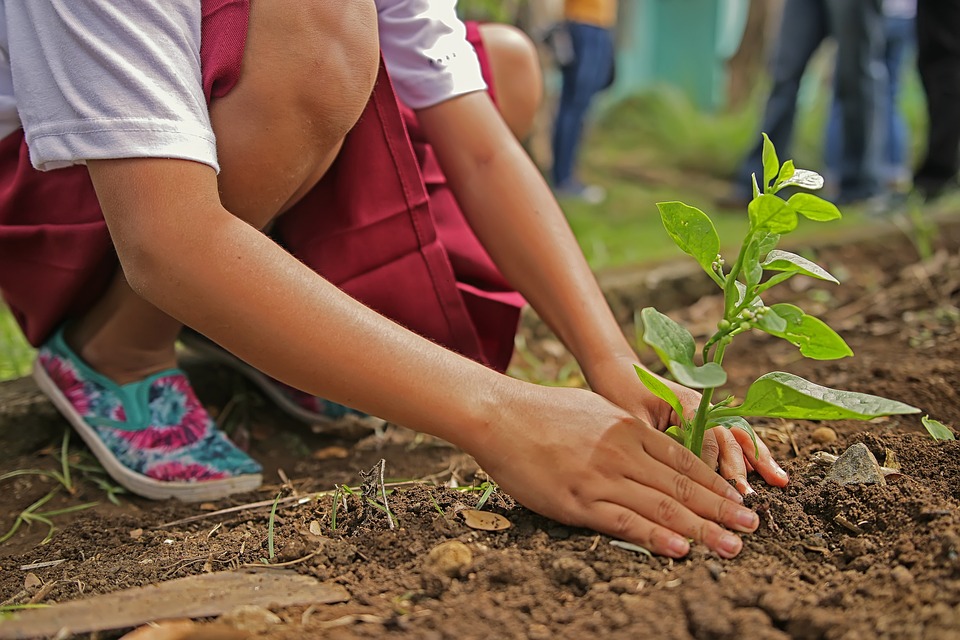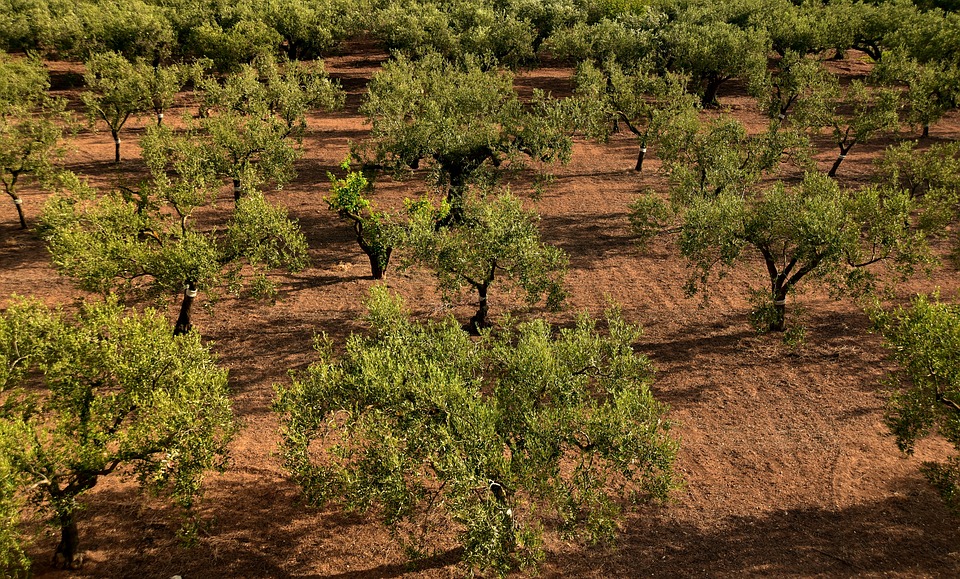
Trees are a source of beauty and inspiration for many, but what exactly is their role in helping support our ecosystems?
What is tree planting?
Tree planting is the process of creating new trees in an area where none existed before.
This can be an extremely effective way to help support our planet’s natural processes and fight global warming since trees help purify the air by absorbing carbon dioxide and releasing oxygen into the atmosphere. They also absorb pollutants – like nitrogen oxides and sulfur dioxides – helping to improve air quality and avoid the health implications of air pollution.
What are the different types of tree planting?
There are two main types of tree planting: reforestation and afforestation. Let’s explore the difference between the two.
Reforestation
This involves planting trees after an area has been cleared of vegetation. The trees planted here are usually native species. Native species are those that were already present in the region before human colonization.
Afforestation
In contrast, afforestation involves planting trees on the previously covered land with forest. This type of planting does not include clearing any land. Instead, it consists in replanting existing trees.
Which trees should be planted, and where?
When planting trees, choosing a suitable species and location is essential. For example, if you plan to plant a small number of trees, you might want to consider planting fast-growing species such as eucalyptus.
However, if you plan to plant thousands of trees, then you might benefit from selecting a slower-growing species such as oak.
Slow-growing trees are better for areas that require long-term care. Examples of these include residential yards and commercial properties. Slow-growing trees are also ideal for areas that are prone to erosion.
On the other hand, fast-growing trees are suitable for areas that require quick results. These include parks, gardens, school grounds, and sports fields. Fast-growing trees are also helpful for areas that need immediate protection.
It is also essential to know what kind of soil is available in the area you wish to plant trees. If soils are poor, then you should avoid planting trees. Poor soil conditions make it difficult for trees to survive.
How does planting trees affect the environment?
Planting trees has numerous positive effects on the environment. In fact, there are so many ways in which tree planting helps improve the quality of life.
Here are some of the most important reasons you should start planting trees today.
Trees help protect the environment from pollution.
Pollution is one of the biggest problems facing the world today. Pollutants enter the air, water, and land through various means. The leading cause of pollution is human activity.
Human activities include industrial waste, chemical use, and energy production. When pollutants reach the Earth’s surface, they create many negative impacts.
For example, they destroy ecosystems and contaminate drinking water supplies. This leads to serious health issues such as cancer and heart disease.
To reduce the amount of pollution entering the Earth’s atmosphere, you need to stop polluting your surroundings. One way to do this is by planting trees. Trees absorb carbon dioxide from the air and release oxygen into the atmosphere. As a result, they help clean the air.
Trees help prevent erosion.
When rain falls on the ground, it creates streams and rivers. These waterways carry sediment along with them. Sediment is composed of rocks and dirt particles. It flows down hillsides and eventually reaches oceans or lakes. When it gets to the ocean, it causes damage to marine animals and habitats.
Soil erosion happens when rain washes soil off of hillsides. It carries away fertile topsoil. Topsoil holds nutrients and moisture that allow plants to thrive. Nutrients and moisture move downhill and flow into streams and rivers.

Trees provide food for wildlife.
Wildlife can be beneficial to humans. Birds and butterflies are great examples of how animals benefit us. Birds eat bugs and pests. Butterflies eat pollen and nectar. Both of these things are essential for healthy plants.
Animals depend on trees for food. Many species of birds, insects, reptiles, amphibians, and mammals eat seeds, berries, nuts, and flowers. Some even feed on the bark of trees. If you want to attract wildlife to your yard, you should plant trees.
Trees promote biodiversity.
Biodiversity refers to the variety of plants and animal species found in an ecosystem.
A healthy ecosystem contains a wide range of different types of organisms. When you plant trees, you increase biodiversity. You also help control pests that attack other plants.
Trees offer shade.
Trees help keep the temperature cooler during hot summer days. During cold winter months, trees act as heat sinks. The needles of coniferous trees like pine and spruce reflect light towards the sky. This keeps snow from accumulating on their branches.
Shade-loving plants grow better when they get some sunlight. In addition, many people enjoy spending time outside under a tree. By providing shade, trees encourage outdoor recreation.
Trees improve air quality.
Trees remove pollutants from the air. They act like giant vacuum cleaners. Air passes through the leaves of a tree before reaching the branches. The leaves trap dust, pollen, and other small particles during this process. The trapped material falls back to the ground and is carried away by rainfall.
Trees protect against floods.
A flood occurs when too much water enters a body of water. Floods happen when heavy rains fall over a long period. Heavy rains can lead to flash flooding. Flash floods occur suddenly and without warning.
They often occur during storms or tropical cyclones. When a storm produces a lot of precipitation, the runoff from the land quickly overwhelms nearby bodies of water. This leads to dangerous conditions for those near the river or lake.
How can you get involved?
You can get involved by volunteering, donating, and educating others. Here are some organizations that do great work:
Arbor Day Foundation
The mission of the Arbor Day Foundation is “to inspire people to plant trees, nurture children’s environmental awareness, and promote community involvement and leadership in sustainable development worldwide.”
They accomplish this through programs such as National Forest Week, which encourages Americans to celebrate our nation’s forests, and Arbor Days, which enable communities to plant trees.
American Forests
American Forests works to protect and restore America’s public lands. Its mission is to conserve, manage, and enhance the quality of the nation’s forests and grasslands. They accomplish this by working with local governments, private landowners, and other partners.
Sierra Club
Sierra Club is an international non-profit organization whose mission is to explore, enjoy, and protect the planet.
They strive to create positive change in our environment and society. They do so by encouraging people to take action against climate change and pollution. They also provide information about conservation issues.
World Wildlife Fund
The World Wildlife Fund is dedicated to conserving the diversity of life on Earth.
Its mission is to stop the degradation of ecosystems and ensure a future for wildlife and plants. They achieve this by protecting endangered species, reducing human environmental impacts, and promoting sustainable management practices.
Plant a tree (or two) with Aspiration
Trees clean the air we breathe, reduce flooding, prevent soil erosion, and provide us with food. In addition, they improve our mental health and protect wildlife.
In addition to volunteering for organizations around you, educating others, or donating to charity, why not plant a tree with the Aspiration Zero credit card?
Every time you swipe your card, we’ll plant a tree to help tackle deforestation and its associated environmental effects.
The best part? You’ll even get extra cashback rewards once you get down to carbon zero.

